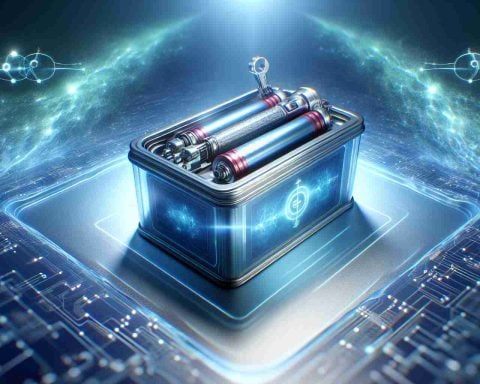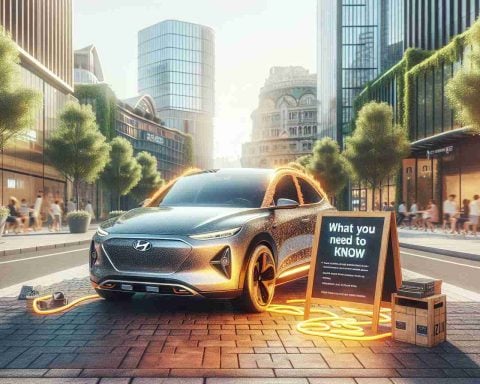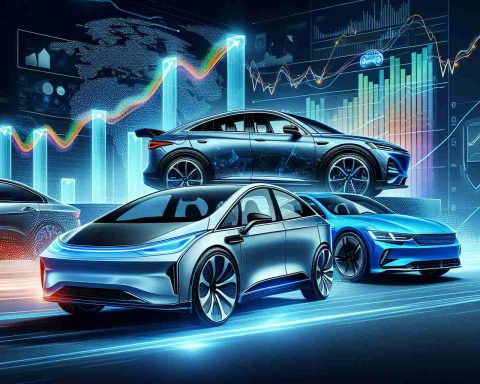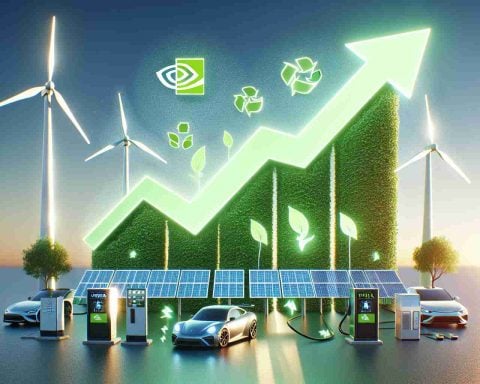- Connecticut aims to replace half of its 2,400 light-duty vehicles with electric models by 2026, but progress is slow.
- Only 43 electric vehicles have been added, with a target of 1,200 seeming increasingly unreachable.
- Challenges include limited EV supply, insufficient charging infrastructure, and financial constraints.
- The state’s 2022 law to reduce emissions highlights these unachieved goals.
- Officials are considering more adaptable strategies for a gradual, feasible transition.
- Despite delays, Connecticut remains committed to pursuing an electrified fleet.
- The key insight: ambitious goals require flexibility and adaptation to unexpected challenges.
Connecticut lawmakers once set an audacious target: swap half of the state’s fleet of 2,400 light-duty vehicles for electric models by the end of 2026. Yet now, with the clock ticking, the promised green revolution seems to stall in its tracks.
Visualize this: rows of conventional gas guzzlers, with only a modest sprinkling of electric vehicles peppering the lot. This meager transition—just 43 electric vehicles so far—paints a stark and concerning picture as the deadline looms. To meet their goal, the number must balloon to 1,200, a target that appears increasingly unlikely.
Hopes once soared high, buoyed by optimistic automotive industry projections and federal infrastructure programs. Yet each year, the cold, hard reality: the addition of a mere handful of EVs. In a year marred by delays and strategy shifts, what was meant to be a beacon of environmental progress is beginning to feel more like an unfulfilled promise.
The challenges are clear and multifaceted. A sparse EV market supply, an underdeveloped charging infrastructure, and financial constraints combine to form a formidable blockade. The state’s ambitious 2022 law, part of a broader initiative to cut emissions, sits like an emblem of unachieved aspirations.
Yet not all hope is lost. Officials are now contemplating a recalibration of these aspirations, recognizing the need for a more adaptable strategy. As vehicles age out of service, the focus may shift to a more measured, feasible path forward.
Whether Connecticut will drive its fleet into an electrified future remains uncertain. The journey may indeed take longer than plotted, but it’s a quest the state seems determined to continue. The takeaway? Ambitious goals require not just vision but also the flexible adaptation to unforeseen hurdles.
Connecticut Faces Uphill Battle in Electrifying State Vehicle Fleet: What This Means for the Future
A Glimpse into Connecticut’s Electric Vehicle Initiatives
Connecticut’s ambitious goal to convert half of its state fleet of 2,400 light-duty vehicles to electric by 2026 is stymied by significant challenges. Despite the promise of a green revolution, only 43 electric vehicles have been integrated so far. The state faces a daunting task to reach its target of 1,200 electric vehicles.
Why Is This Transition Crucial?
Electrifying the state fleet is not merely about modernizing vehicles. It plays a critical role in reducing emissions and setting a precedent for environmental policies:
– Emission Reduction: Transitioning to electric vehicles (EVs) significantly decreases greenhouse gases, combating climate change.
– Public Health Improvement: By reducing emissions, air quality improves, positively affecting public health.
– Long-Term Cost Savings: Although the initial investment is higher, EVs typically require less maintenance and lower fueling costs.
Challenges Faced by Connecticut
Connecticut’s struggle to integrate electric vehicles into its fleet can be attributed to several systemic challenges:
1. Limited EV Market Supply: The demand for electric vehicles often outpaces supply, complicating purchases and delaying integration.
2. Underdeveloped Charging Infrastructure: A robust network of charging stations is essential for the sustainable adoption of EVs, and Connecticut still needs significant development in this area.
3. Financial Constraints: The cost of procuring electric vehicles is high, calling for substantial budget allocations that may not be readily available.
Global and Domestic Impact
Connecticut’s experience reflects a broader challenge faced by numerous states and countries aiming to transition to electric fleets:
– Technology & Innovation: The struggles highlight the necessity for advancements in EV technology and infrastructure.
– Policy Adaptation: It stresses the importance of adaptable policies that can pivot in response to market and technological realities.
Future Perspectives for Connecticut
Despite these challenges, Connecticut is not giving up on its electrification goals. The state is contemplating adapting its strategy by:
– Gradual Transition: Prioritizing the replacement of aging vehicles with EVs to achieve a more organic growth.
– Infrastructure Investment: Bolstering charging infrastructure across the state to support the growing number of EVs.
– Flexible Policy Framework: Developing laws that reflect the dynamic nature of the EV market and infrastructure needs.
Important Questions to Consider
– What strategies will be most effective for states with similar EV adoption goals?
– How can states balance the immediate financial cost against long-term environmental gains?
– What role can federal support play in accelerating these initiatives?
Conclusion
Connecticut’s experience serves as a learning curve for policy makers worldwide. The message is clear: ambitious targets are crucial for progress, but must be accompanied by adaptable and responsive strategies to overcome unforeseen obstacles.
For more information on electric vehicle initiatives and policies, visit the EPA for insights on U.S. environmental strategies.



















